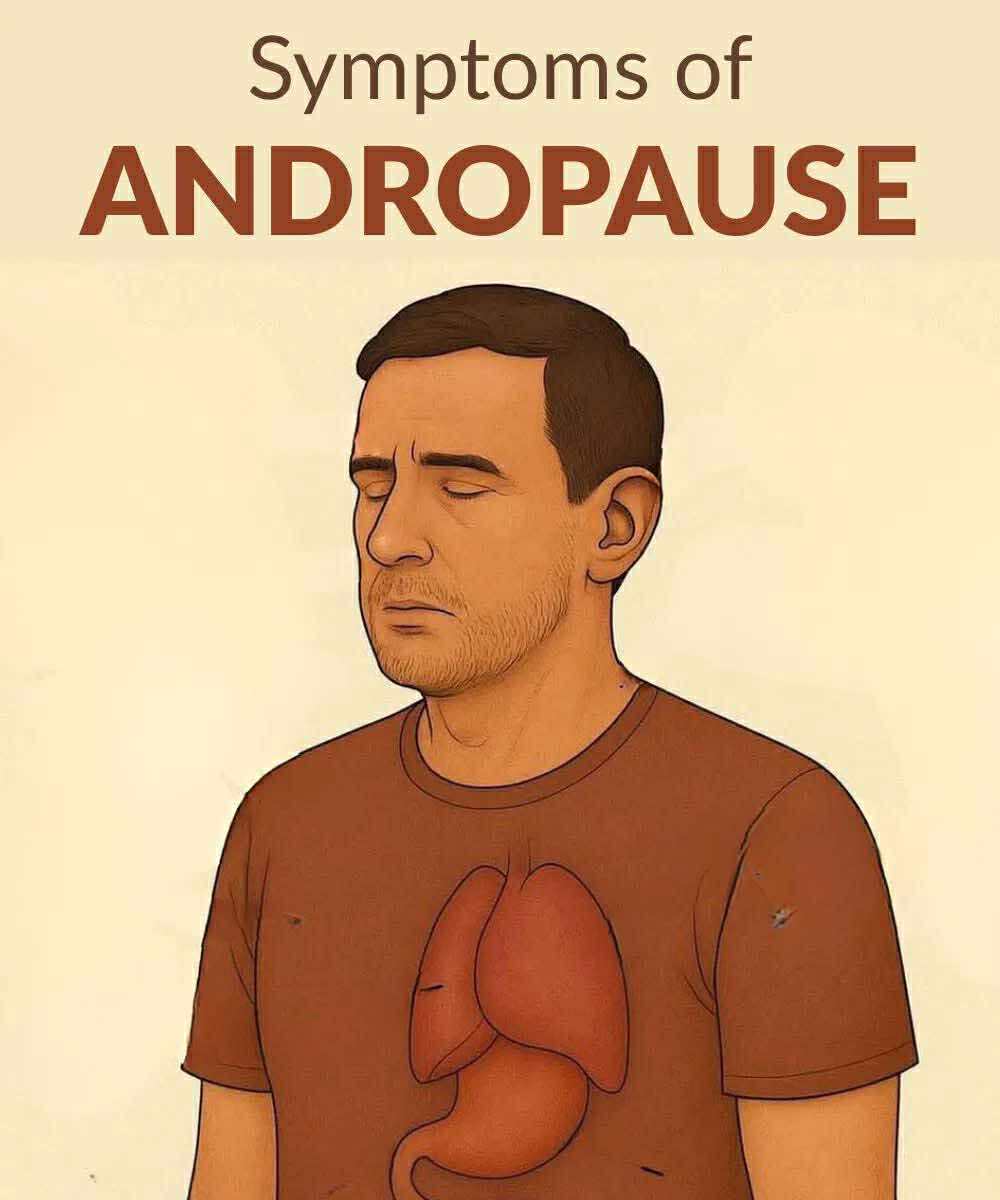As men age, their natural production of testosterone, the primary sex hormone, gradually declines. This condition, known as andropause or male menopause, is similar to the experience women go through during menopause. It typically occurs in men during their late 40s or early 50s, aligning with the time when women undergo menopause.
A 2016 study published in Virulence found that by the age of 75, a typical man has lost around 30% of the testosterone he had at 25.
Symptoms of Male Menopause
The symptoms of andropause can manifest in physical, sexual, and psychological changes. According to Healthline, some of the common symptoms include:
- Low energy levels
- Depression or sadness
- Decreased motivation
- Lowered self-confidence
- Difficulty concentrating
- Insomnia or poor sleep
- Increased body fat
- Reduced muscle mass and physical weakness
- Gynecomastia (development of breasts)
- Decreased bone density
- Erectile dysfunction
- Reduced libido
- Infertility
In rarer cases, other symptoms may include swollen or tender breasts, reduced testicle size, loss of body hair, and hot flashes.
One key issue tied to low testosterone levels during andropause is osteoporosis, a condition that weakens bones, making them more susceptible to fractures.
Managing Andropause
The most common approach to managing andropause involves lifestyle changes such as maintaining a balanced diet, exercising regularly, getting enough sleep, and reducing stress. Many symptoms can be alleviated by making healthier choices without the need for medication.
However, if the symptoms begin to interfere with daily life, it’s important to consult a general practitioner (GP). They may refer you to an endocrinologist, a specialist in hormones, who can help manage the condition.
Testosterone Replacement Therapy (TRT)
For those experiencing more severe symptoms, testosterone replacement therapy (TRT) may be an option. TRT can help address the testosterone deficiency and relieve symptoms. It can be administered through tablets, injections, gels, or patches.
Conclusion
While the decline in testosterone is a natural part of aging, the symptoms of andropause can often be managed effectively without medication. If symptoms interfere with your daily life, seeking professional help can ensure that you get the right treatment and support.
For more personalized advice, always consult your doctor.
Please share this article with your family and friends on Facebook to raise awareness about andropause and its symptoms.





